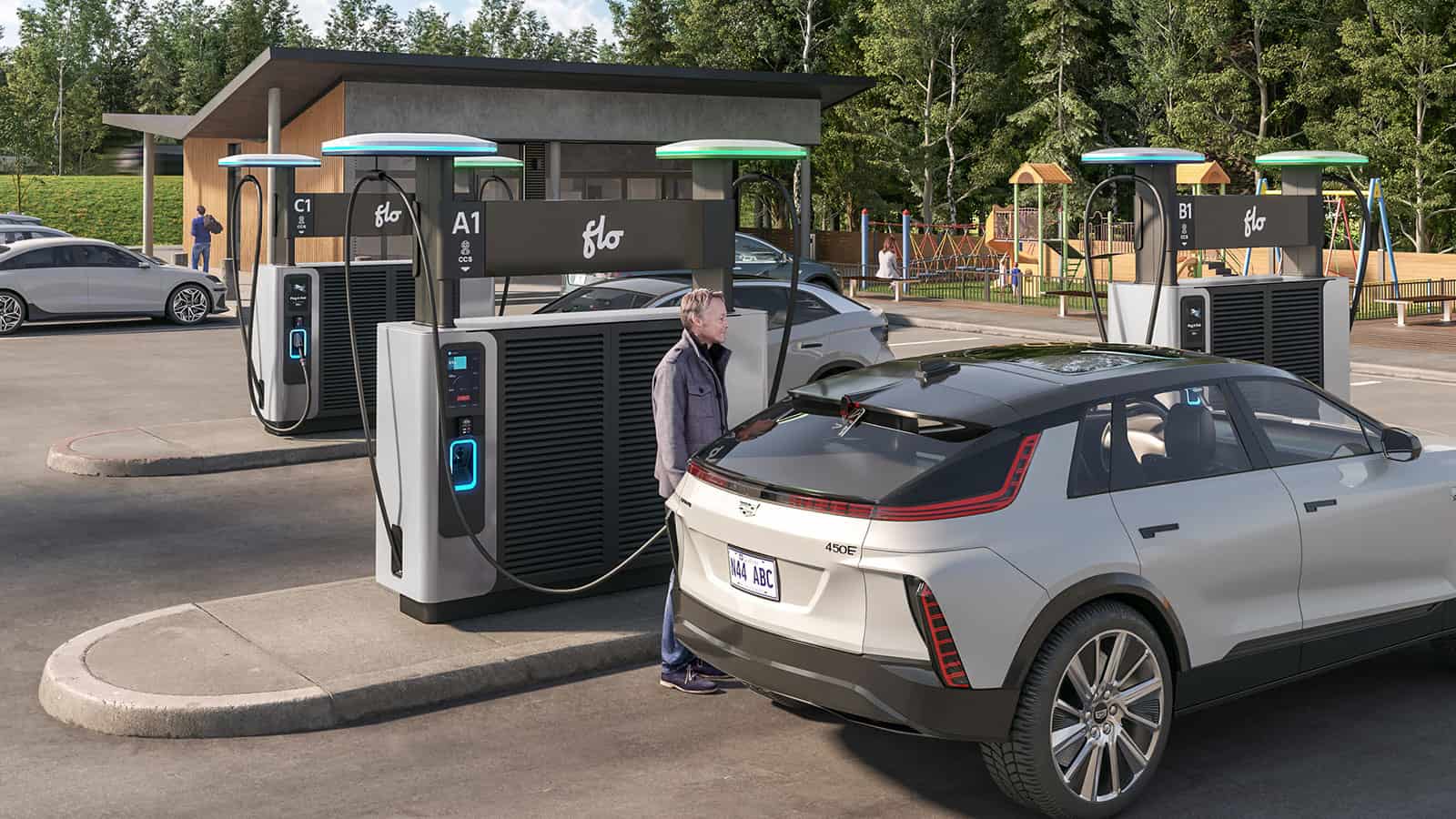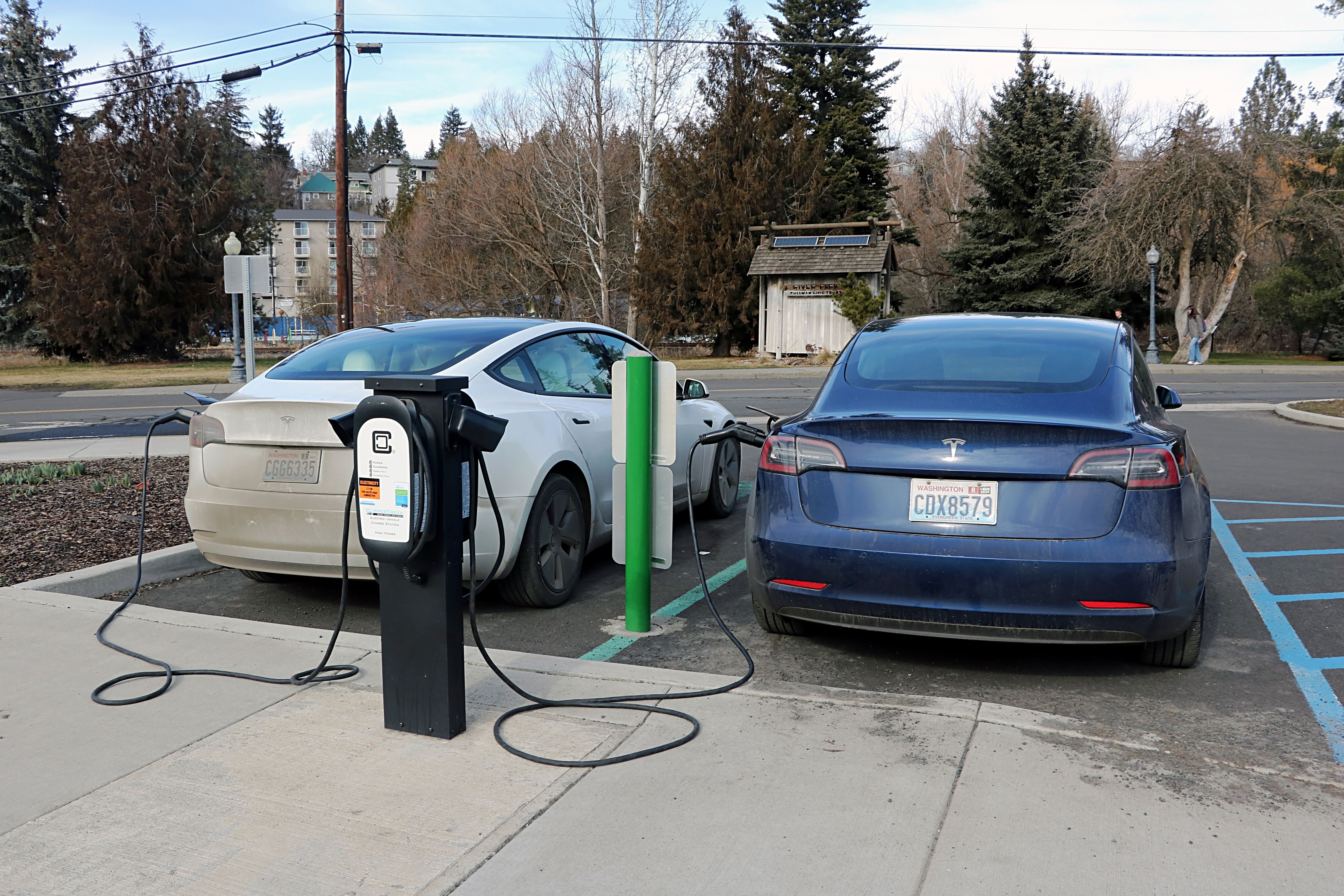Key Innovations in the EV Sector You’ll Find in Today’s Buy EV Charging news
Key Innovations in the EV Sector You’ll Find in Today’s Buy EV Charging news
Blog Article
Top EV Charging News: Trick Updates on Framework and Innovation

Current Innovations in Fast-Charging Modern Technology

Additionally, improvements in battery technology, including boosted thermal management systems and greater power density batteries, enhance fast-charging capacities. These growths reduce the danger of battery degradation during rapid charging, ensuring durability and efficiency for EV owners.
Additionally, the combination of smart billing options is improving individual experience, enabling real-time monitoring and vibrant rates designs. EV Charging news. This adaptability permits chauffeurs to maximize billing costs and times based upon grid demand
As automakers continue to buy fast-charging networks, the partnership between industry stakeholders is important. Collaborations in between charging terminal suppliers and automotive makers are paving the way for comprehensive coverage, eventually promoting a much more durable EV ecological community. These developments are essential in sustaining the shift to sustainable transport.
Federal Government Efforts for Charging Expansion
Government efforts play an essential role in the expansion of electrical automobile (EV) billing facilities, helping with the change to sustainable transportation. Different government and state programs are being carried out to boost billing accessibility, lower the economic concern on customers, and advertise the adoption of electrical lorries.
Significantly, the U.S. government has actually allocated significant funding via the Facilities Financial Investment and Jobs Act, which earmarks $7.5 billion for EV charging network development throughout the nation. This funding is intended at releasing thousands of new charging terminals, particularly in underserved locations, therefore dealing with array stress and anxiety amongst possible EV customers.
Additionally, countless states are passing legislation to improve the permitting process for billing station installations, which is important for increasing implementation. Motivations such as tax obligation debts and rebates for both consumers and businesses are also being introduced to urge the installation of charging facilities.
Additionally, public-private collaborations are significantly ending up being an emphasis, leveraging personal financial investment to match federal government financing. These campaigns emphasize a collective approach essential for constructing a detailed and efficient EV billing network, ultimately adding to a greener and even more lasting future.
Innovative Battery Solutions Enhancing Effectiveness
Changing the landscape of electric lorry (EV) technology, innovative battery options are dramatically boosting efficiency and efficiency. Advancements in battery chemistry, specifically with lithium-sulfur and solid-state batteries, are causing boosted power thickness, which permits longer arrays and faster billing times. These new battery kinds have the potential to outperform conventional lithium-ion batteries by using greater abilities while decreasing weight, therefore improving general car efficiency.
In addition, developments in battery management systems (BMS) are enhancing energy use and expanding battery life expectancy. Intelligent formulas monitor battery health and performance, making it possible for real-time modifications to charging and discharging processes. This not just improves the performance of the battery yet likewise ensures an extra reputable and lasting power source for EVs.
Furthermore, the integration of reusing innovations is resolving the environmental influence of battery manufacturing and disposal. Advancements in second-life applications for EV batteries are promoting their usage in power storage space systems, adding to a round economic climate.
As these innovative battery remedies continue you can check here to evolve, they promise to transform the EV market, making electrical cars extra available and enticing to a wider audience while supporting global sustainability goals.

Collaboration In Between Automakers and Charging Networks
Acknowledging the critical need for a robust billing facilities, automakers are increasingly collaborating with billing network suppliers to improve the EV ownership experience (EV Charging news). These partnerships aim to produce a smooth billing ecosystem that benefits customers and supports the shift to electric automobiles
Major auto brands are joining forces with well established charging networks to expand their charging station insurance coverage, ensuring vehicle drivers have access to trustworthy and practical charging options. As an example, partnerships with networks like ChargePoint and Electrify America permit automakers to integrate billing remedies directly right into their lorries' navigating systems, assisting customers to the nearest stations and giving real-time availability updates.
Additionally, these cooperations frequently result in the development of fast-charging modern technologies that dramatically reduce the time required to charge an EV. By pooling resources and expertise, car manufacturers and charging networks can introduce faster, producing services that fulfill the growing demand for electric mobility.
Additionally, joint campaigns may also result in even more standard billing procedures, which can reduce consumer confusion and promote broader EV fostering. On the whole, these strategic partnerships are essential in developing a straightforward and efficient charging facilities that fulfills the demands of a broadening electric automobile market.
Challenges Facing EV Billing Framework
As the electric lorry market remains to expand, a number of challenges are surfacing that impede the development of a thorough charging facilities. Among the main obstacles is the not enough variety of billing stations, particularly in rural and underserved urban locations. This gap produces array anxiety among potential EV buyers, hindering them from making the button.
Additionally, the lack of standardization accountable modern technology makes complex the infrastructure landscape. Variations in plug kinds and billing speeds can produce confusion for customers and raise functional intricacies for click here now billing network drivers. Moreover, the combination of charging terminals right into existing electrical grids postures substantial challenges. Lots of regions face ability restrictions, requiring significant financial investments in grid upgrades to suit enhanced need.
Another pressing issue is the high cost associated with the installment and upkeep of charging stations, which can be a barrier for both private businesses and public entities. Finally, regulative obstacles and zoning restrictions can postpone the implementation of charging infrastructure, hindering progression in increasing vital solutions. Resolving these obstacles will be important for fostering a durable EV community that supports the change to sustainable transport.
Final Thought
To conclude, the recurring advancements in EV billing technology, supported by significant government initiatives and innovative battery services, are essential for the expansion and effectiveness of electrical vehicle infrastructure. Partnerships between automakers and billing providers further enhance terminal coverage, resolving the growing need for easily accessible billing choices. Regardless of difficulties that linger within the EV charging landscape, these developments represent a positive trajectory in the direction of an extra effective and lasting electric car ecological community.
Advancements in billing infrastructure have actually led to the advancement of ultra-fast chargers capable of supplying up to 350 kW of power, dramatically reducing charging times. Variations in plug types and charging speeds can produce confusion for individuals and increase functional intricacies for charging network drivers.In verdict, the recurring innovations in EV charging technology, sustained by substantial federal government campaigns and ingenious battery remedies, are crucial for the growth and effectiveness of electrical vehicle facilities. Cooperations in between automakers and charging providers better boost station protection, addressing the growing demand for easily accessible billing choices. Despite challenges that linger within the EV charging landscape, these growths view publisher site signify a favorable trajectory in the direction of a much more sustainable and efficient electric vehicle ecological community.
Report this page